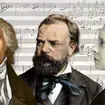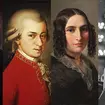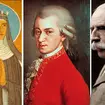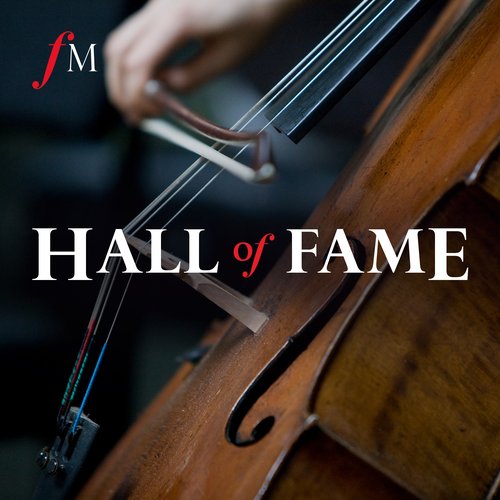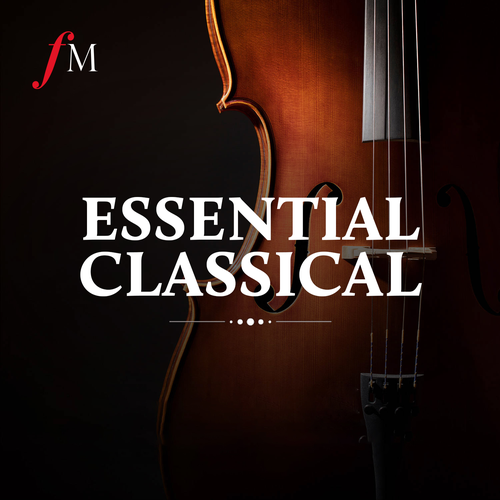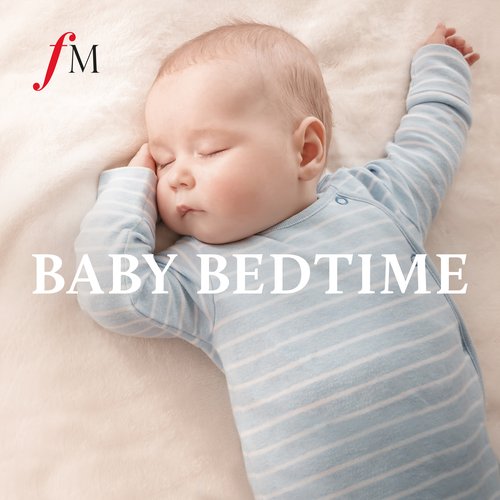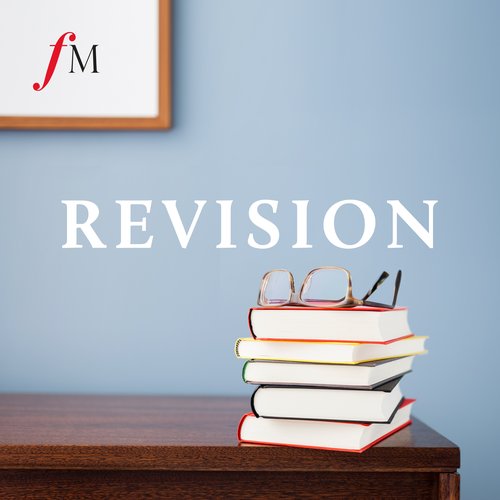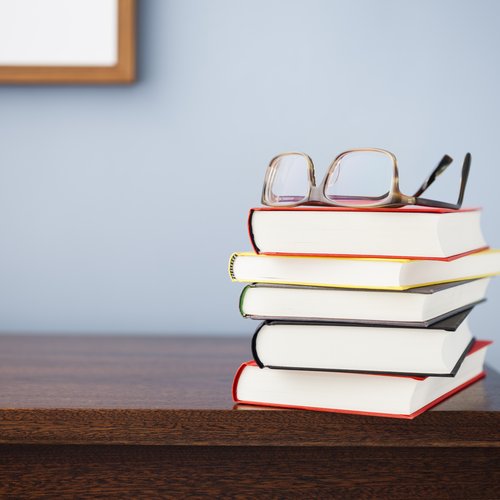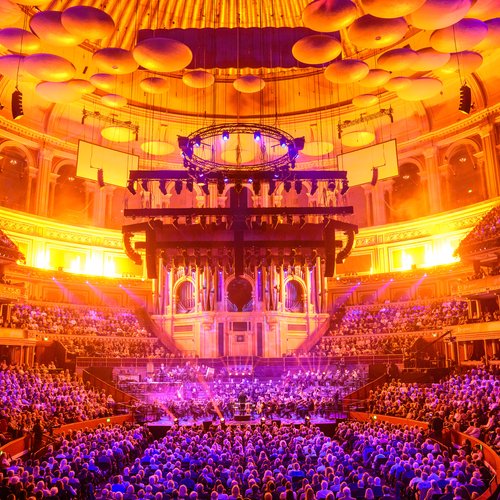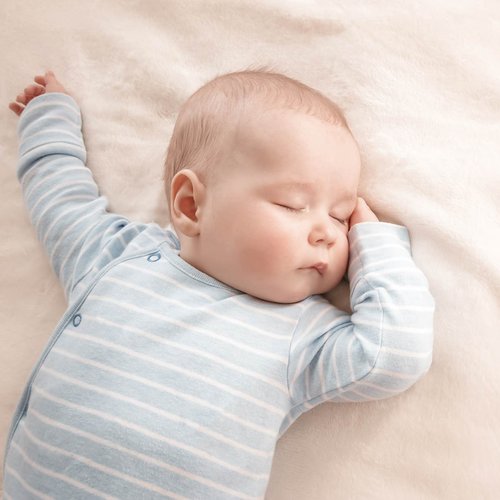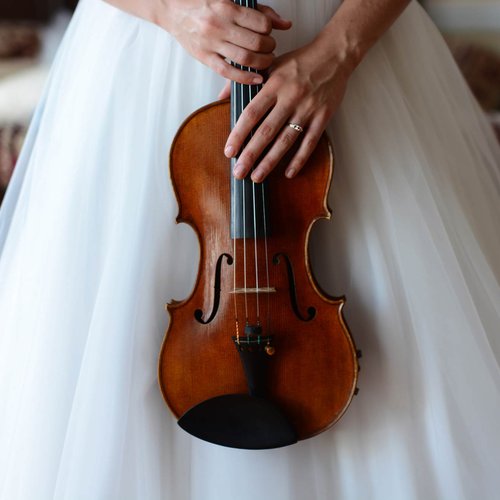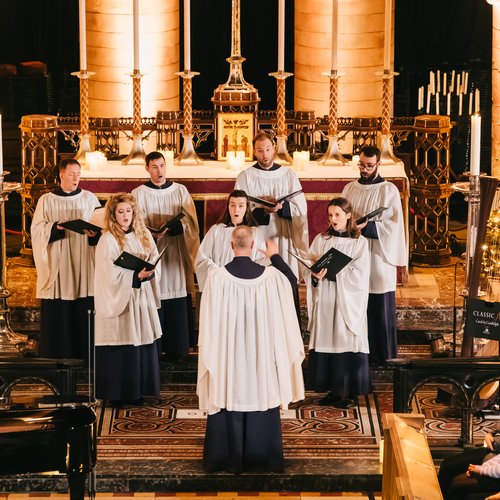10 historical figures you didn’t know were classically trained musicians
15 April 2025, 15:55 | Updated: 16 April 2025, 15:00

From Albert Einstein to Emily Brontë, here are the extraordinary humans with several strings to their bows.
Listen to this article
These household name historical figures went down in history for instigating remarkable feats with their brilliant brains in the most diverse fields – from science to literature, to nation leadership and empirical tyranny.
But what you might not know is that they also concentrated their efforts on the study and pursuit of classical music, either as part of their past lives as students, or alongside the role that would make us remember them.
From famous writers and philosophers, to top scientific thinkers, here are ten extraordinary people from history who also happened to be adept at making music.
Read more: 16 pop singers you probably didn’t know were classically trained
-
Henry VIII (1491-1547)
Music lovers might know the myth that six-wived Tudor king Henry VIII composed ‘Greensleeves’. It’s not 100% verified, but it is a fact that, however tyrannical and unpleasant he may have been, Henry VIII was a skilled musician. History has him down as good sight-reader, instrumentalist, and composer. The song ‘Pastime with Good Company’, also known as ‘The Kynges Ballade’, is his best-known piece of music.
Tudor king Henry VIII was a skilled musician. Picture: Getty -
Queen Elizabeth I (1558–1603)
The longest-reigning monarch in the House of Tudor, Queen Elizabeth I loved music and encouraged, nay decreed, music-making among her subjects. And she practiced what she preached. She was an adept lute and virginal (a keyboard instrument similar to a harpsichord) player, singer and rumoured composer. She employed over 70 musicians at her court.
Queen Elisabeth I was an adept lute and virginal player. Picture: Getty -
Samuel Pepys (1633-1703)
We owe diarist, social commentator and politician Samuel Pepys for much of our understanding of major events that shaped British history, especially in the capital. His extensive decade-long, million-word diary happens to take in the early years of the coronation of Charles II, the Great Plague and the Great Fire of London among other significant events. The diarist was also a musician: he was trained in several musical instruments, including string instruments including the lute, viol, violin, woodwind instruments like the recorder, and a keyboard instrument known as the spinet.
Samuel Pepys was trained in several instruments. Picture: Getty -
Benjamin Franklin (1706-1790)
American founding father Ben Franklin was a busy man, helping found modern America, running the United States Postal Service, writing, thinking, diplomating and etching his name in history as one of the most prolific polymaths we’ve heard of. But he still found time for music: classical-trained, he was a composer, and played several musical instruments, including the violin, the harp, and the guitar. He also put his name and efforts into developing a new and improved glass harmonica of all things.
Read more: Keir Starmer plays flute, recorder and piano, and was a Guildhall music scholar
Benjamin Franklin plays glass armonica. Picture: Getty -
Jane Austen (1775-1815)
Music often crops up in the novels of English writer Jane Austen’s enduringly popular novels, and here Austen is writing with a bit of lived experience behind her. She learned the piano from a young age and sang, and knew hundreds of pieces, preserved in collections of music from her household – including copied out in her own handwriting.
Jane Austen. Picture: Getty -
Emily Brontë (1818-1838)
As well as being a poet and writer of the novel Wuthering Heights, English author Emily Brontë was a pianist. She learned the instrument and practised in the home, as many did in those days, and she also taught the piano – both while she herself was still studying, and into adulthood.
Emily Brontë was a pianist. Picture: Getty -
Albert Einstein (1879-1955)
Genius physicist Albert Einstein changed high school science lessons forever when he discovered that E = mc2. He may have come with the “world’s most famous equation”, but he’s less well known for his violin playing. He began violin lessons at the age of five, and by 13 was enraptured by Mozart’s compositions for the instrument. He once said, “if I were not a physicist, I would probably be a musician. I often think in music. I live my daydreams in music. I see my life in terms of music ... I get most joy in life out of music.” We know the feeling.
Professor Albert Einstein playing his violin. Picture: Getty -
Ernest Hemingway (1899-1961)
The iconic novelist that gave us Farewell To Arms, For Whom The Bell Tolls and A Moveable Feast, Ernest Hemmingway, was something of a polymath, his chief interests with writing being boxing, bull fighting and hunting, but what’s less known is he was also a classically trained musician. Hemingway was born to well-educated parents in Oak Park, Illinois, and his mother, Grace, was an opera singer, music teacher, and painter. Grace taught Ernest to play the cello and, although he took up the instrument extremely reluctantly, he said that his music lessons contributed to his writing style, including the “contrapuntal structure” of For Whom the Bell Tolls.
Ernest Hemingway. Picture: Getty -
Steven Spielberg (1946-present)
Steven Spielberg is an American film director responsible for some of the biggest blockbusters of the 20th- and 21st-centuries. E.T. the Extra-Terrestrial, the Jurassic Park franchise, Schindler’s List and the Indiana Jones trilogy, have all racked up and contributed to his being the highest-grossing film director of all time. And what incredible soundtracks they all have. As well as working with iconic film composers, most notably John Williams, Spielberg is actually musically trained himself. Like Hemingway, he had a musical mother and springing from a musical household he naturally learnt an instrument, the clarinet, in his school years. He’s even said if he didn’t work as a director, he’d most likely work in music.
Read more: John Williams needed a clarinettist on the ‘Jaws’ soundtrack. So, Spielberg volunteered.
Steven Spielberg plays along with a klezmer band at the opening of the Polish version of his movie Schindler's List. Picture: Getty -
Condoleezza Rice (1954-present)
Condoleezza Rice went down in the history books in 2005 when she became the first Black female United States Secretary of State. Four years before that she’d already stamped her name, making history as the first female US national security advisor ever appointed. Rice learned languages, music and ballet from the age of three, and by fifteen she had honed in on the piano with the dream of becoming a concert pianist. She began her university studies in music, enrolling at the Aspen Music Festival and School, and halfway through she added international politics to her set of courses. The rest, as they say, is history.
Condoleezza Rice and Aretha Franklin perform with The Philadelphia Orchestra. Picture: Getty



















